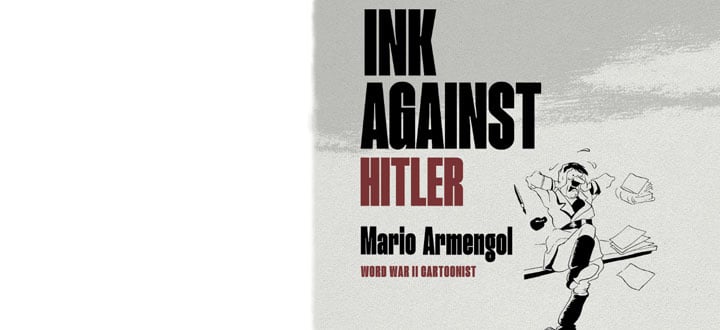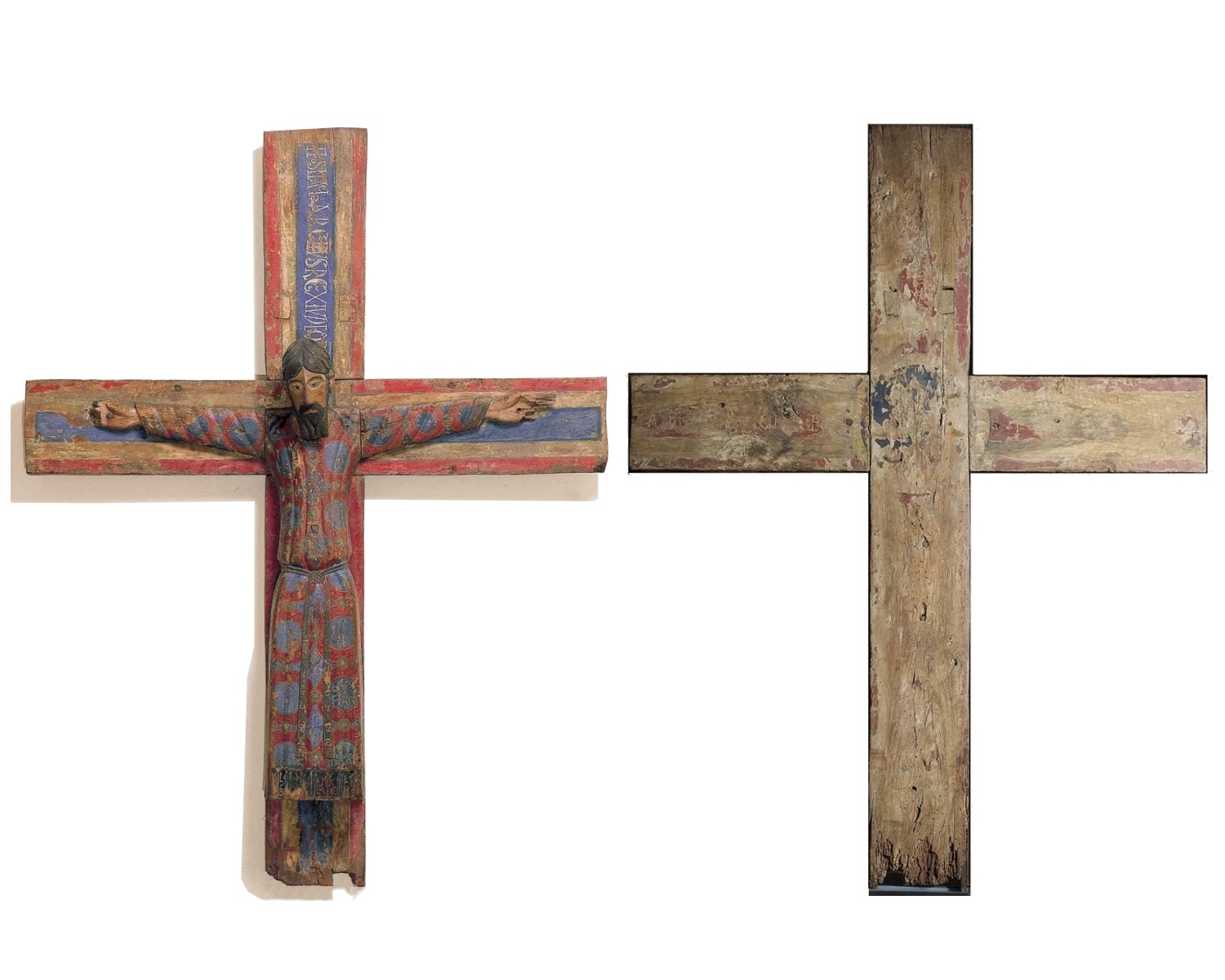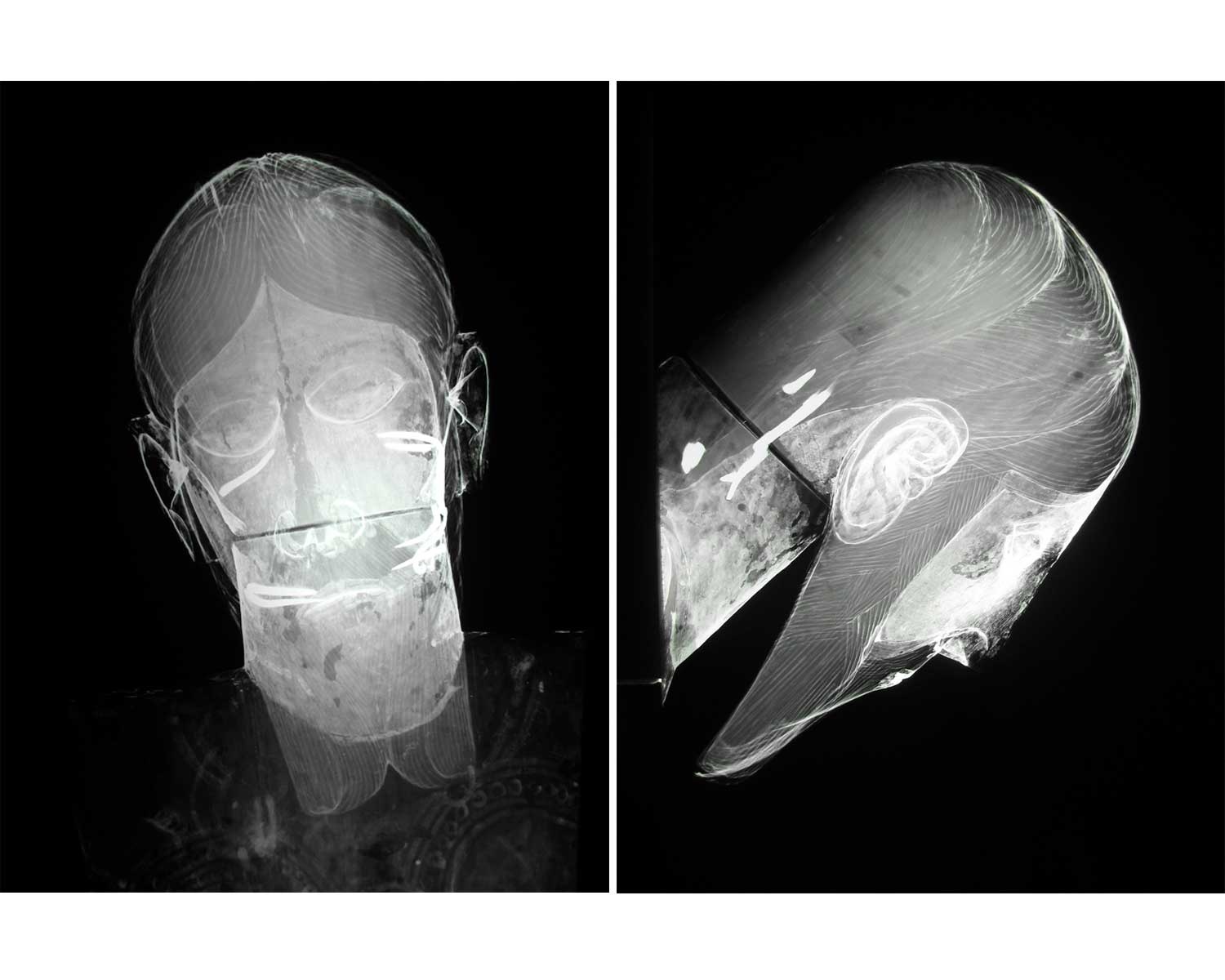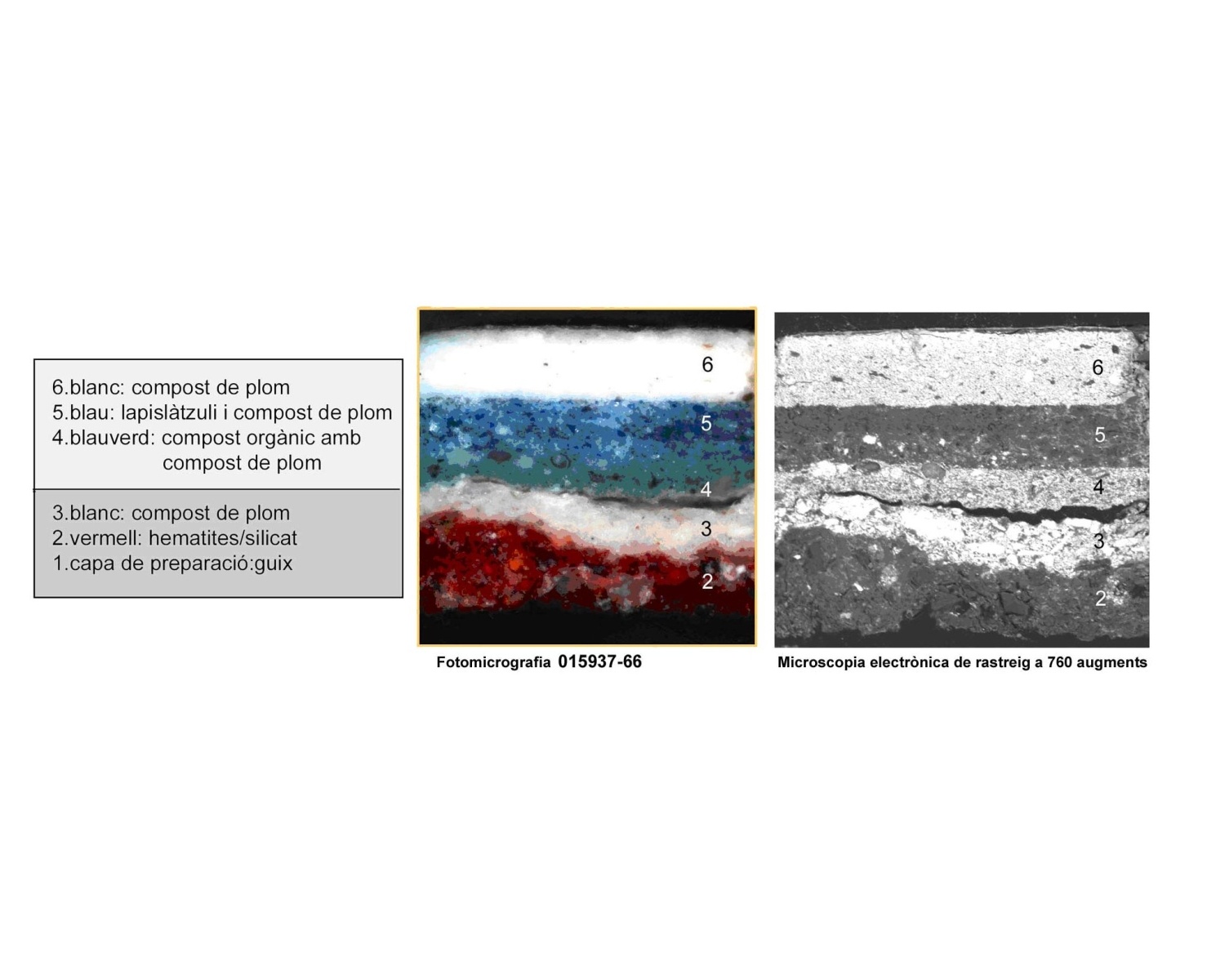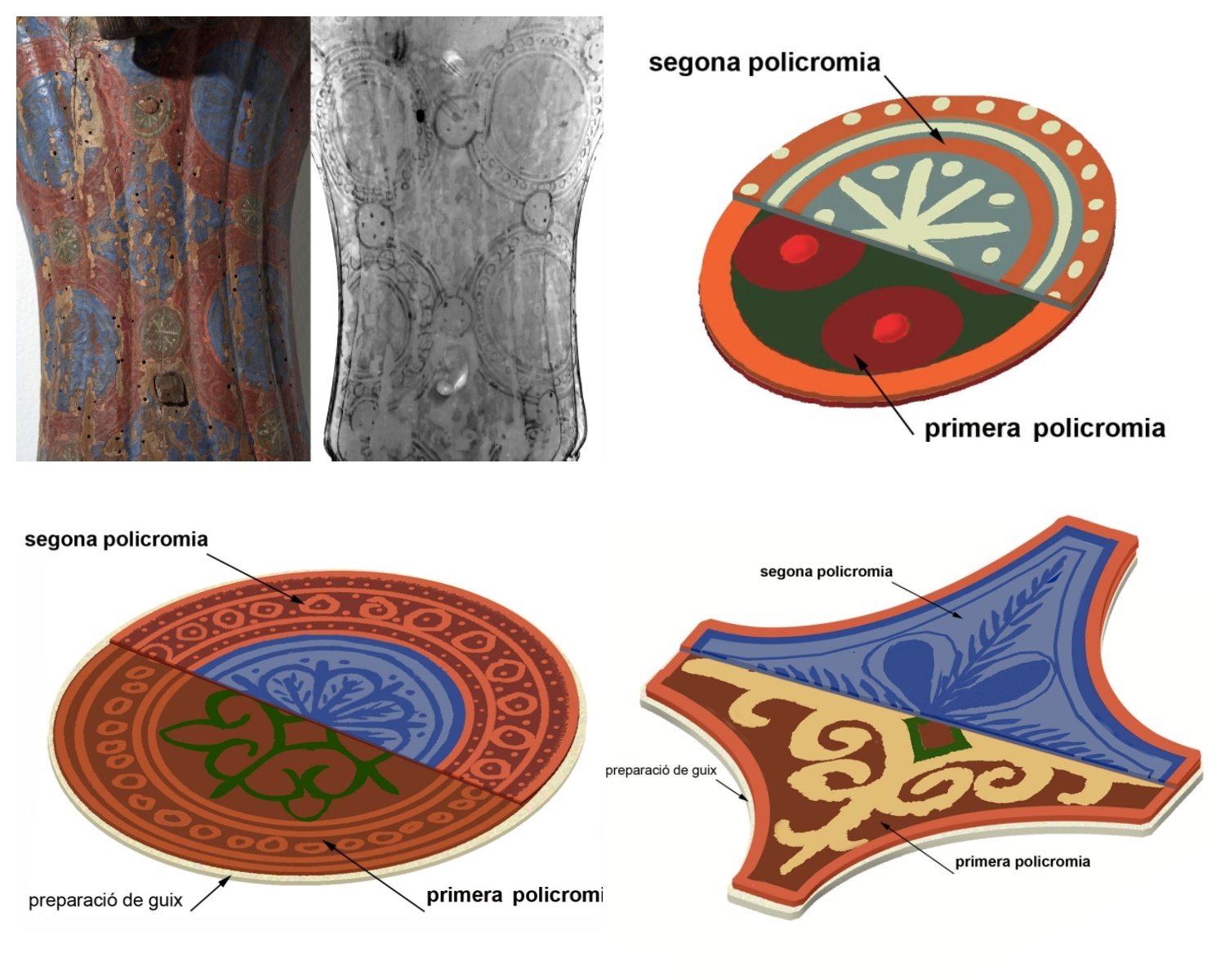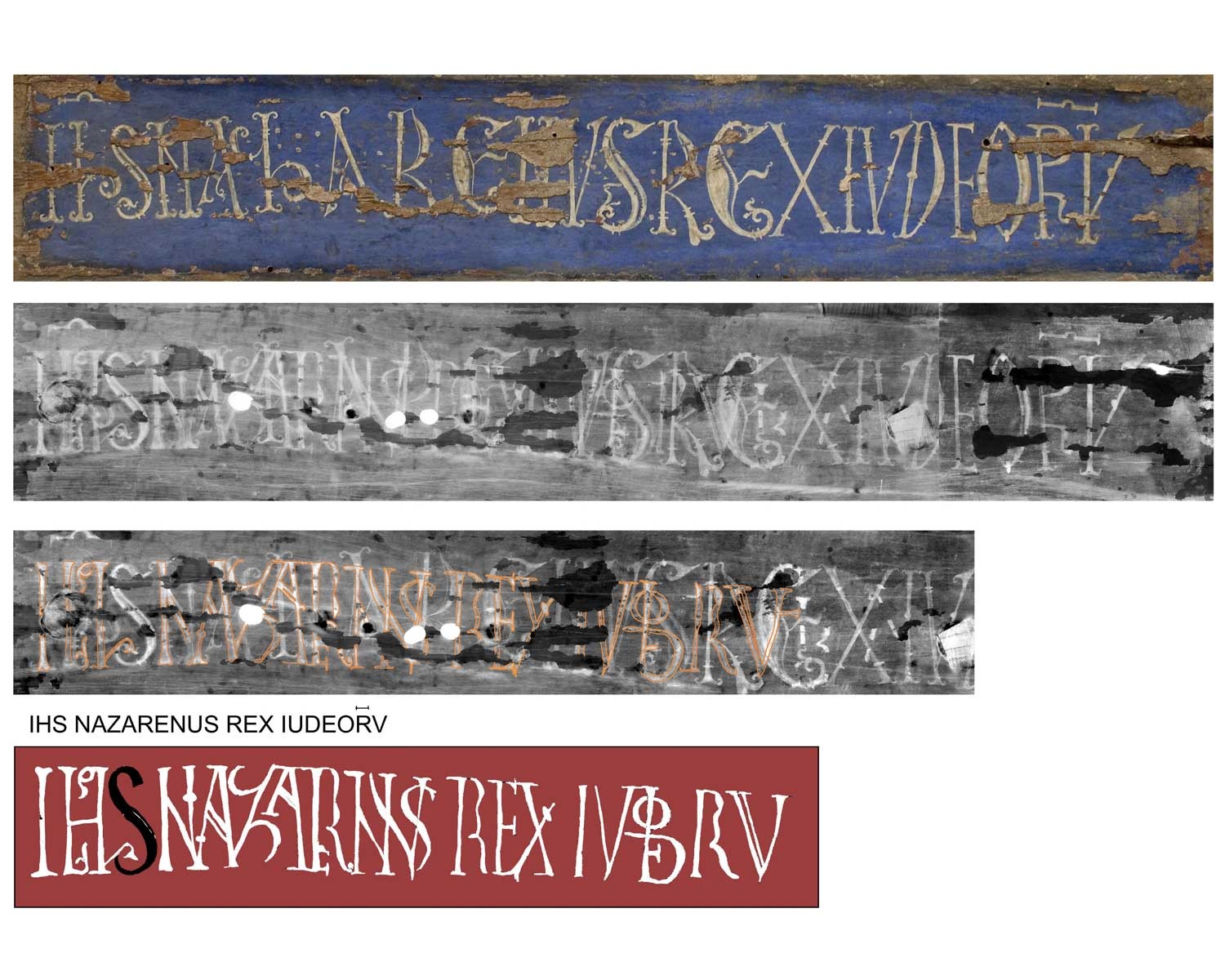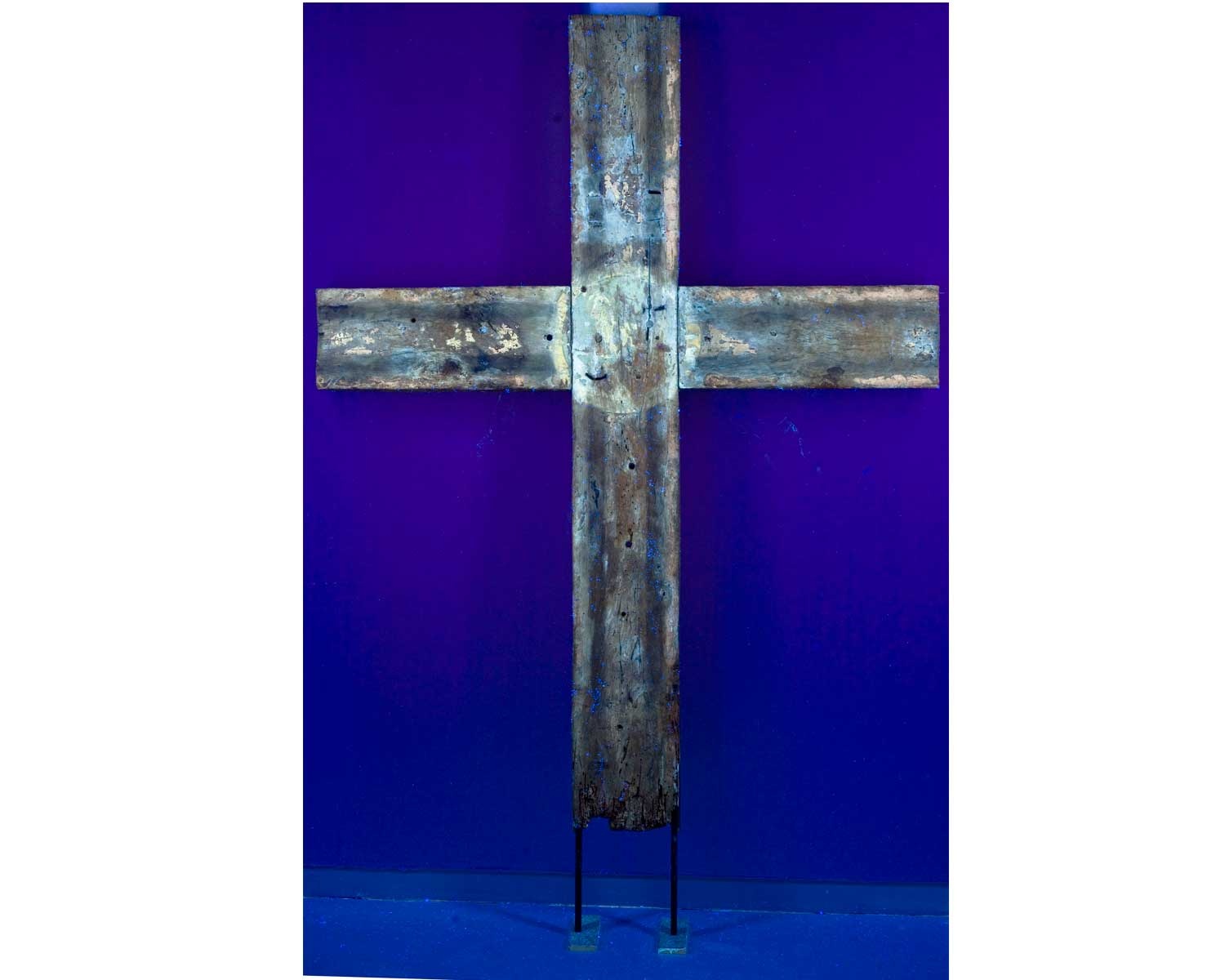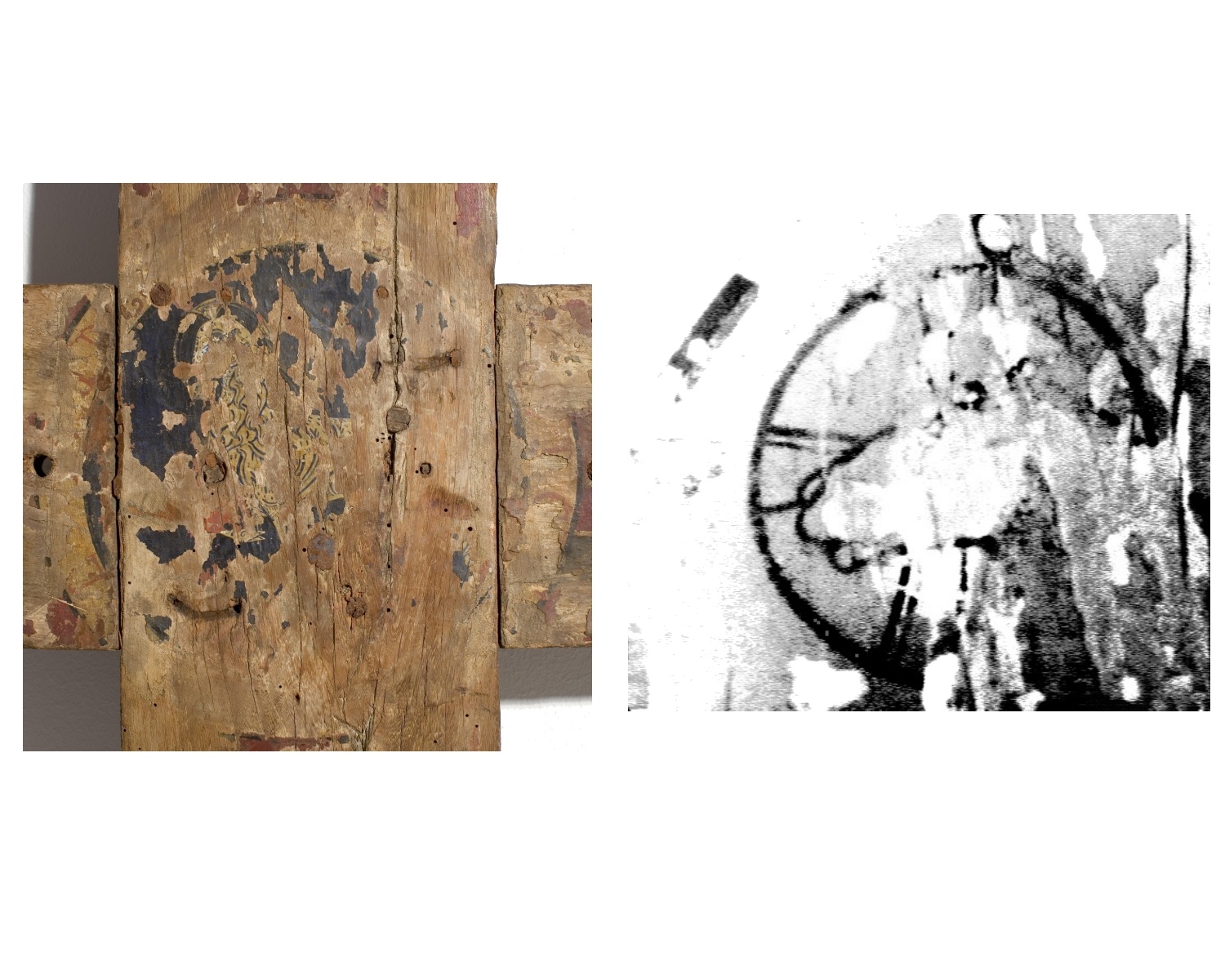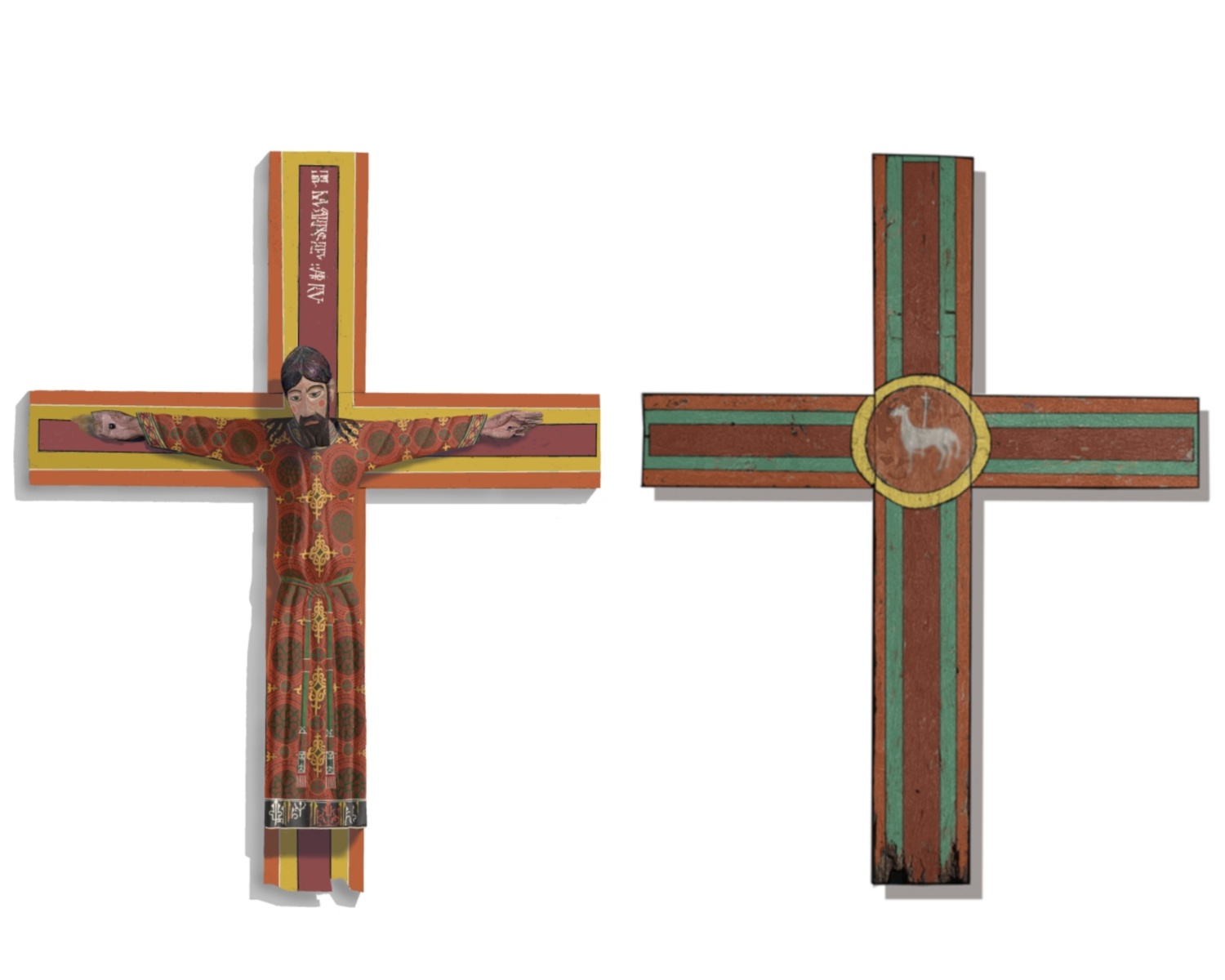Majestat Batlló
-
Majestat Batlló
There were signs of a possible superposition of polychrome in the Majestat Batlló, from the mid 12th century, which led to a complete study to check this hypothesis. Radiographs, reflectography, photographs with ultraviolet and ground light and a stratigraphic study have allowed the material and technical aspects to be characterised, and to check the existence of an underlying polychrome. It seems that, in a short period of time, it was decided to paint the sculpture to renew its aspect.
A virtual hypothetical reconstruction was proposed of the pictorial decoration of the underlying stratum, substantially different from what we currently see. This study contributes significant data the decorative repertoire of the Catalan Romanesque majesties.
Study carried out by: Anna Carreras, Àngels Comella, Mireia Campuzano and Àlex Masalles.
-
The carving's structure and the wooden support
The sculpture of Christ consists of four wooden pieces: head, trunk and both arms. Feet, now missing, were attached to the lower cavity under the robe of the stature of Christ.The figure's arms completely horizontal are attached to the trunk on the sharp edge. The arms of the cross are attached to the upright. The figure of Christ is mounted on the cross by means of ten wooden dowels, and the head is attached to the trunk with just one peg.
The cross consists of two wooden planks embedded half notch and reinforced with two wooden dowels.The finishes may have been sawed, because we can appreciate the characteristic irregular cut end of the saw and because it doesn't keep any polychromy.
On the reverse, there are traces of riveted nails, metal staples and screws that would justify that the set was disassembled and assembled repeatedly.
Regarding the wood used, it has been determined four different types: for the head and trunk, walnut whip; for the arms, willow; for the vertical plank, elm and for the crossbar, oak.
-
Radiographic examination
Radiographs of the head size. Observed slightly inclined and is the only piece free of the whole. 20.3 cm high and 13.3 cm wide, attached to the trunk with a wooden dowel 1, 5 cm in diameter.The union formerly was reinforced with several metal staples. Currently, there are three right side and two on the left. Staples, the radiographic examination are superimposed, which showed that bread piece has undergone various interventions. -
Stratigraphic analysis
From the area of the inscription, a minuscule sample was extracted which can display various superimposed layers of polychrome.In the cross section the different substrates and the characteristics of their manufacture are easily differentiable: ground pigments evenly and compact the layers. The inscription of the white lead layer is thicker. -
Virtual reconstruction of the polychrome of the robe of Christ
The visible decoration of the tunic is made of red circles decorated with small circles and dots. The inner circles are blue with a radial distribution of floral paints and the gaps between the circles are filled with blue diamond shapes with floral paints. The whole composition of the circles are joined by small whitish and red with a blue-green background with stars of eight points.The bottom of the tunic, the collar, the cuff of the sleeves and the belt does not follow the same decorative repertoire.In the photos is shown the virtual reconstruction of the underlying composition polychrome decorative circles and interstices. -
Inscription in the Cross
The inscription visible at the top of the front panel vertical of the cross «IHS NAZARENUS REX IUDEORUM» (Jesus of Nazareth, King of the Jews) is repeated in the underlying layer.On the right, from top to bottom, visible light photography, X-ray enrolment superposition of the two inscriptions seen in the radiographic examination and details of the underlying inscription through virtual reconstruction of the polychromy. -
Ultraviolet radiation
The ultraviolet observation clearly demonstrates linear composition that matches the decor of the front: coloured stripes parallel to both the board and the vertical crossbar.Despite the widespread loss of polychrome in the center there is a part of the Agnus Dei surrounded by a double circle with single letters, red colour rests and any red font at the crossbars and at the top of the vertical plank. -
Infrared reflectogram
On the reverse of the cross and through the examination with infrared reflectography, has revealed the anatomy of the head of another lamb, just below of the visible Lamb, the circle of its halo, the fragment of a front leg and a cross.
All underlying drawings are slightly displaced to the left, and, concretely, the cross is placed closer to the edge of the circle. In fact, the mentioned underlying drawings are located just below the blue lapis lazuli, a pigment with a high reflectance and not much absorption of the infrared radiation.
-
Virtual reconstruction
Virtual reconstruction of the underlying polychromy of the Christ and the front and back of the cross.
The aspect mainly blue and red, characteristic of the Batlló Majesty, is substantially different from the original, where predominated the reds, mixed with green and yellow decoration, and enhanced by yellow and red stripes of the cross.
If you want to deepen study, see:
«Another Majestat Batlló», El museu explora. Obres d'art a examen (App for tablets Android and iOS)



